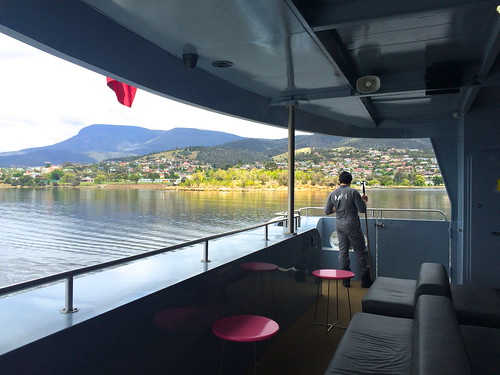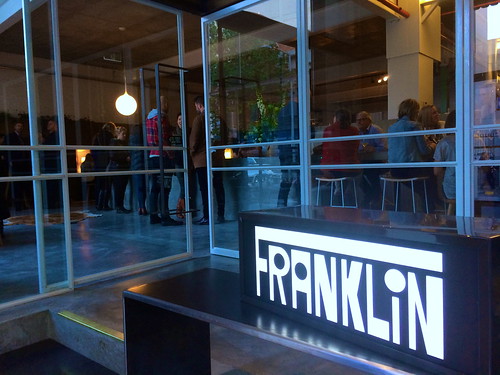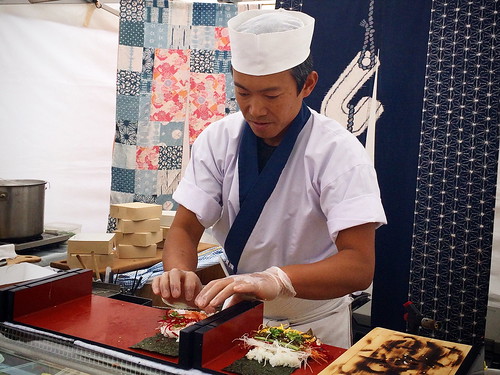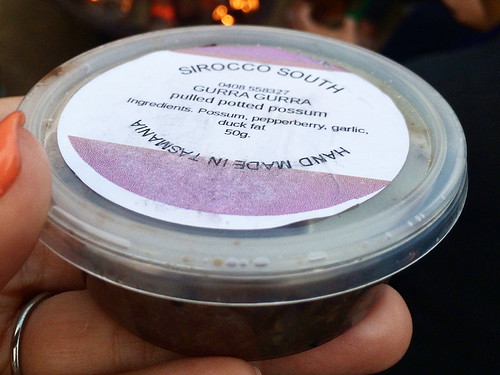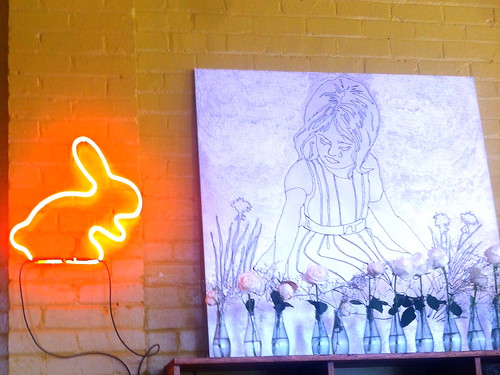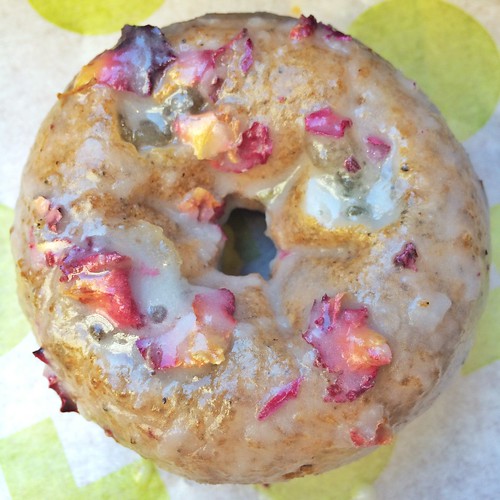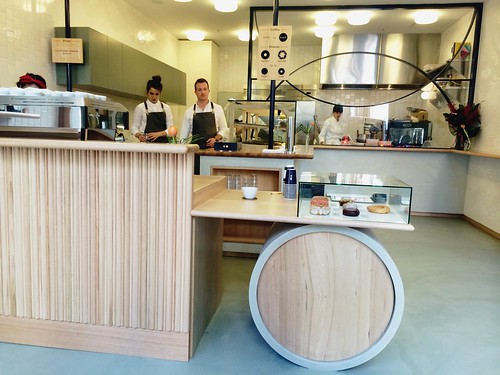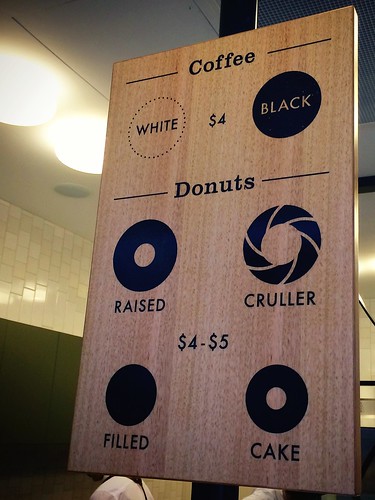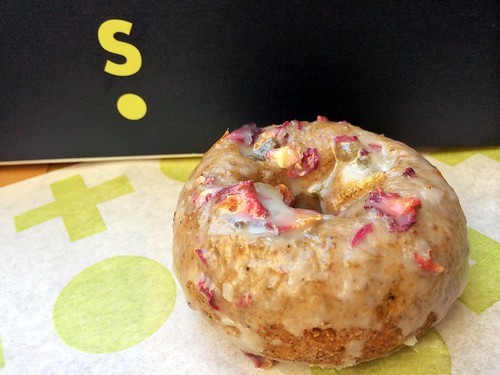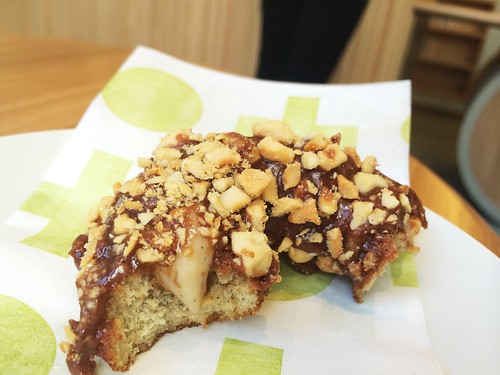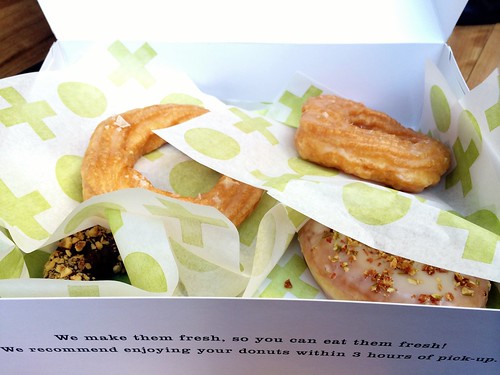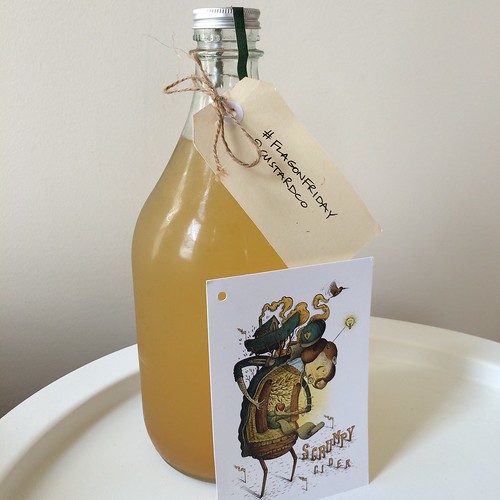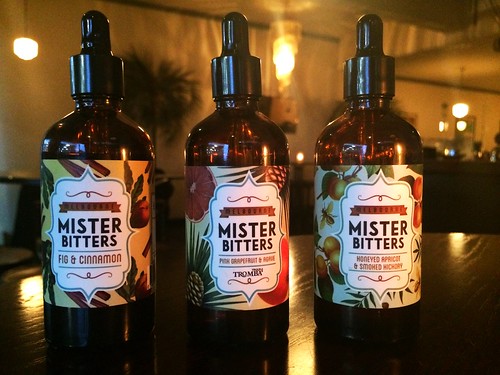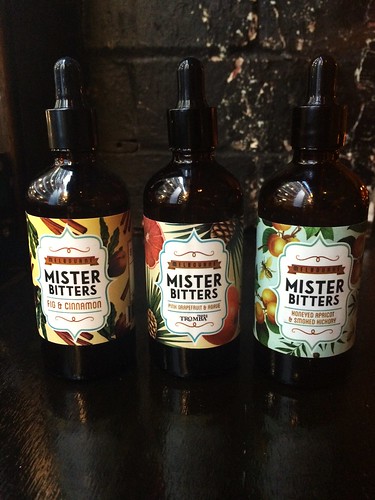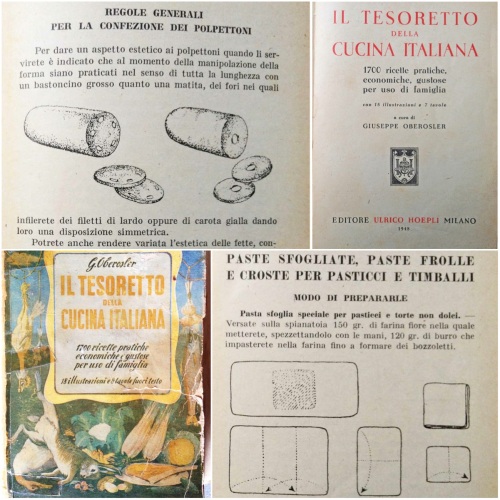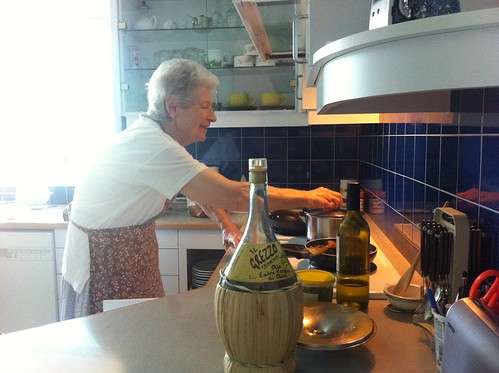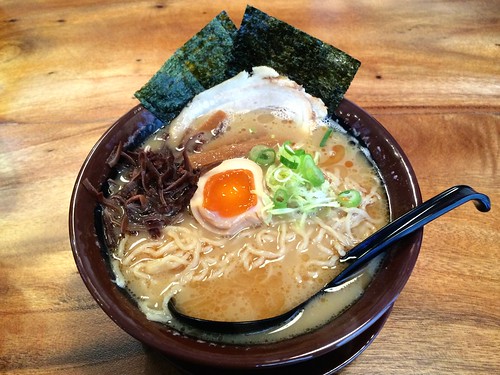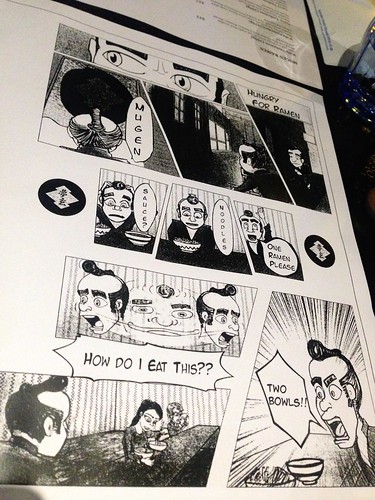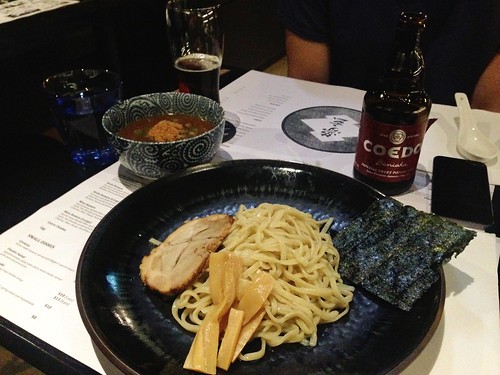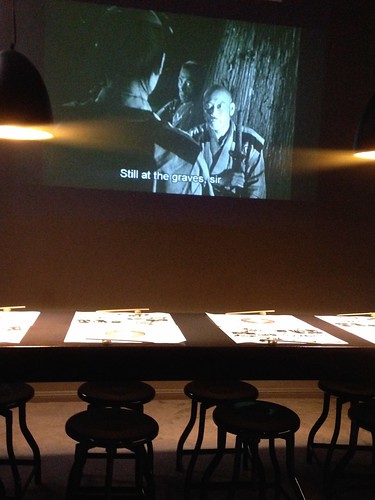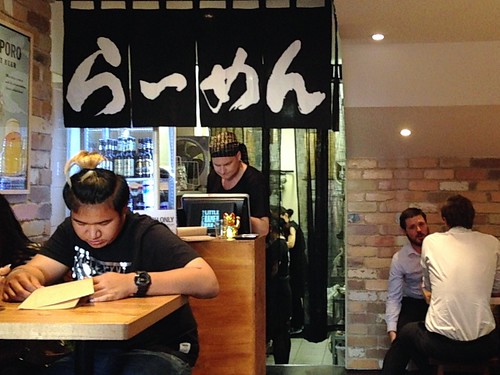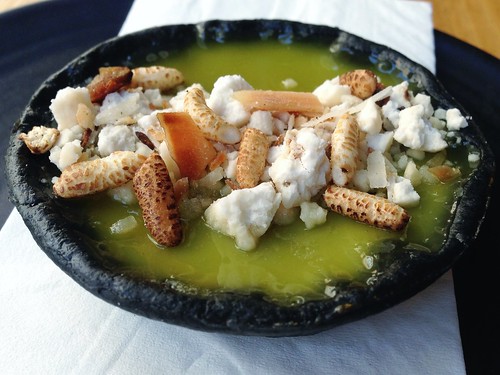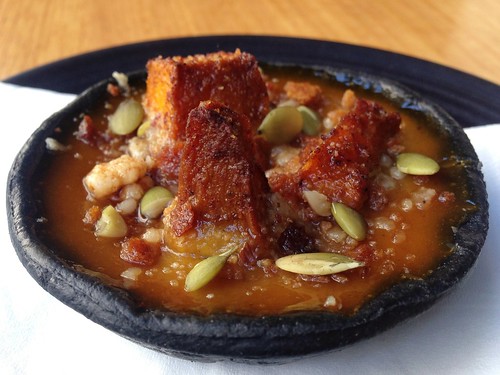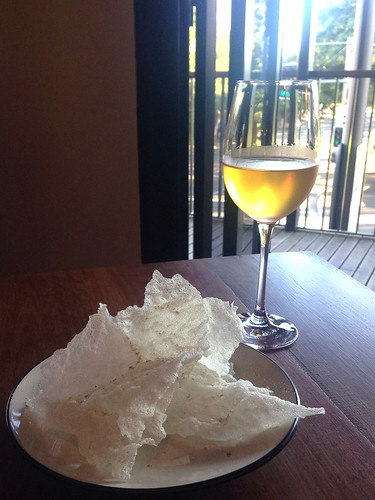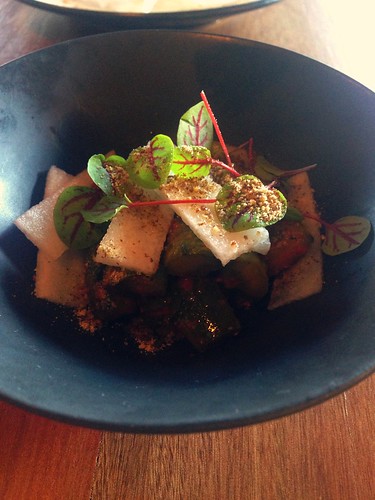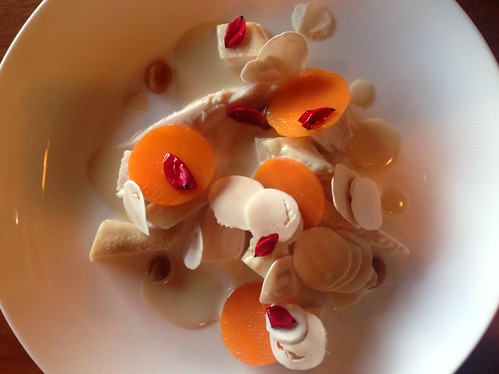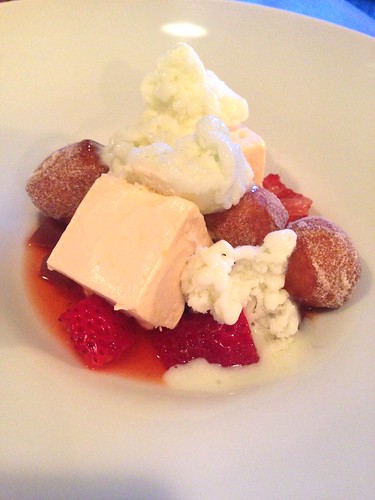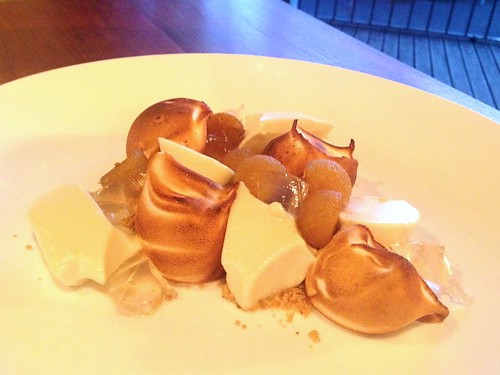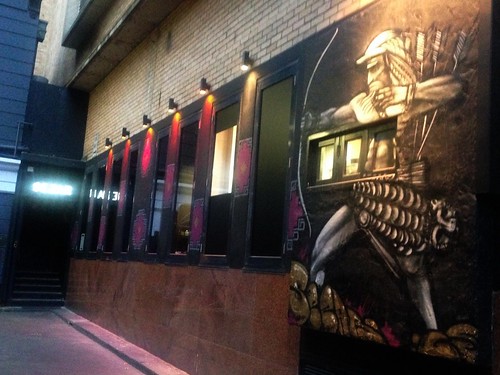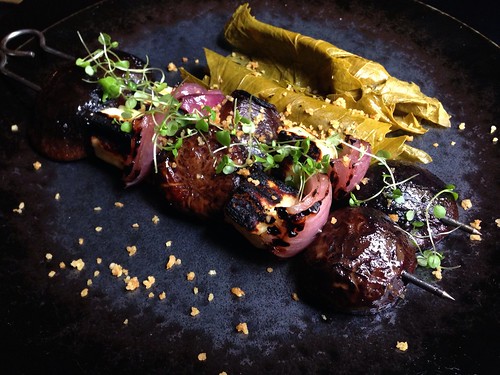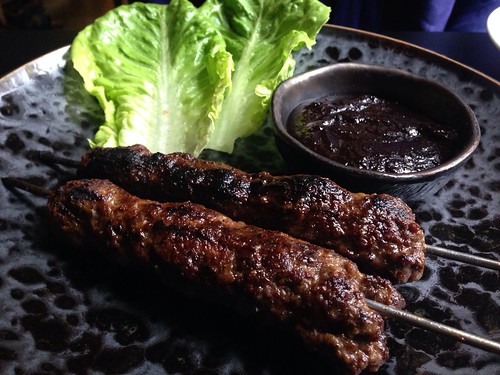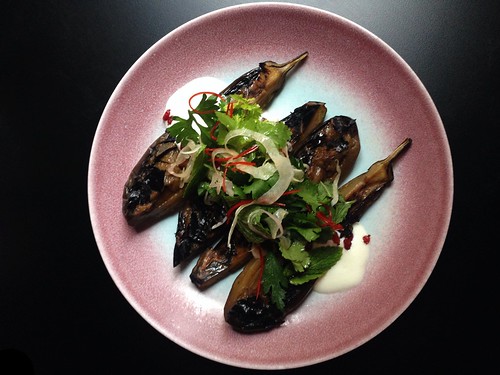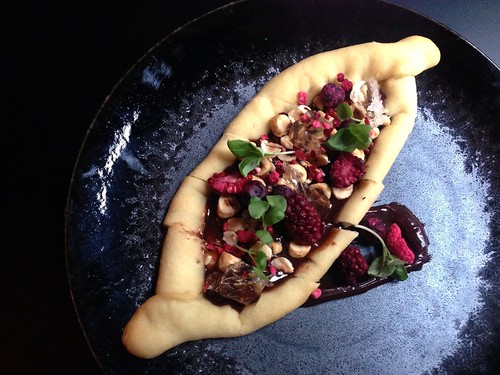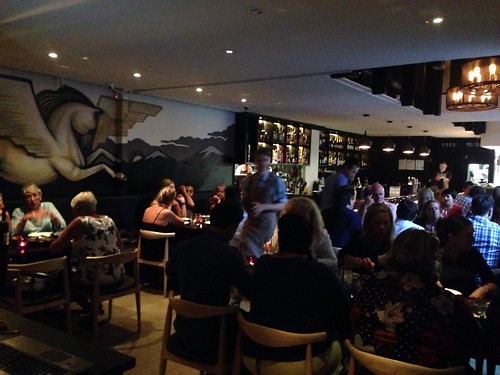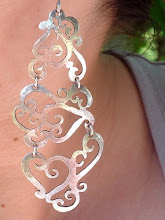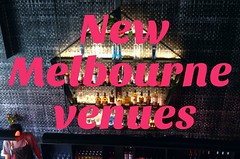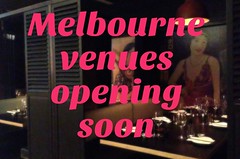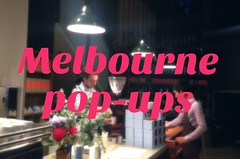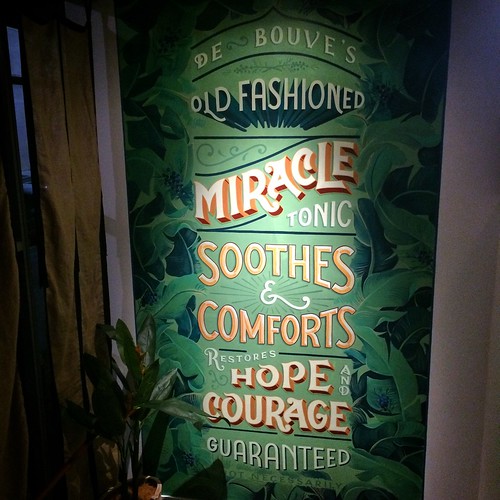 There are all sorts of interesting things happening at the moment in the world of local tonics and gins, so I thought I'd list them all in the one place in this here round-up.
There are all sorts of interesting things happening at the moment in the world of local tonics and gins, so I thought I'd list them all in the one place in this here round-up.
Blood Moon Tonic
There are just THREE DAYS LEFT to pledge for Blood Moon Tonic, so what are you waiting for?
If you missed my earlier spruiking of it on social media, Blood Moon Tonic is a new business run by my very good friend Karolina. She's producing Australia's first handcrafted tonic syrups for commercial sale, using whole cinchona bark instead of the synthesised quinine and artificial flavours used in most sugary commercial tonic water.
For those who haven't tried tonic syrups before, they're a bit like cordial in that you dilute them with sparkling/soda water (or still water, if you prefer) to your desired strength. You can drink it with gin or other spirits, or as a grown-up non-alchoholic beverage, or even use the concentrated syrup as a cocktail ingredient.
There are three initial flavours: one traditional recipe, one with Australian native botanicals, and one which is wholly unsweetened (ideal for those who are quitting sugar or who prefer to add their own non-sugar sweetener like stevia). I was lucky enough to taste some test samples in June and can confirm they are the bee's knees - I love being able to tinker with my tonic strength depending on which gin I'm drinking. But don't just take my word for it: Mr Max Allen wrote a terrific article in The Australian about Blood Moon Tonic and what he thought of the syrups.
My gal Karolina is doing the whole thing by hand, grinding up spices in her mortar and pestle. To kickstart producing Blood Moon Tonic in commercial quantities, she launched a crowdfunding campaign on Pozible which has been wildly successful (she met her initial target of $10k in less than three days!) and which ends on Friday. Pledge before Friday by pre-purchasing some tonic syrup and you'll be getting numbered bottles from the first batch, delivered just in time for Christmas. Get on it pronto, people! I'll see you at the launch party.
http://pozible.com/bloodmoontonic
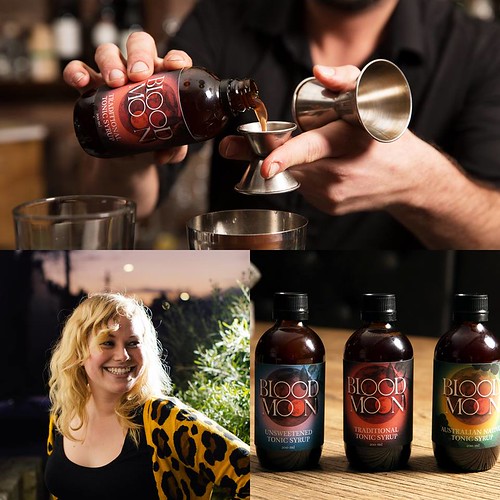 Daylesford and Hepburn Mineral Springs Co.
Daylesford and Hepburn Mineral Springs Co.
Also in Victorian tonic news, it's awesome to see that
Daylesford and Hepburn Mineral Springs Co has launched what they believe to be the world's first
certified organic tonic water, using their terrific natural carbonated spring water and quinine from chinchona bark (read their lively blog post about the process
here). Barely a month since it launched, but already an Australian Made Award finalist at the Fine Food Australia expo last week. I haven't got my mitts on a bottle yet, but am really keen to do so - if you'd like to do the same, check the DHMSCO website for
stockist details.

Photo source
And in gin news:
- Later this week Yarra Valley distillery
Four Pillars Gin is launching its 'Gunpowder Proof' navy strength gin, which clocks in at a hearty 58.8% booze by volume. The Gunpowder Proof replaces half of the oranges used in production with NSW finger limes (a native botanical also found in Stone Pine Distillery's
dry gin) and will be a limited 2015 release, produced only while finger limes are in season. To get your hands on a bottle, place an order on the Four Pillars
website from Friday.

Photo source
- Sydney has its first local gin! Newtown brewers
Young Henrys launched their Noble Cut gin on the weekend at the Small World Street Festival in Marrickville (
Broadsheet has photos). As noted by Callan Boys in
Good Food, the Young Henrys Noble Cut gin is made with hops, cascara, Australian green tea, native pepperberry, coriander, bush tomato, juniper, coriander, angelica root and other botanicals. Look out for it soon in discerning stockists near you.

Photo source
- Here's a fun upcoming gin event: the
National Trust of Australia (Victoria) is holding a pop-up gin bar *inside* the Old Melbourne Gaol on Friday 17th October. I went along with friends to a pop-up whisky bar in the Gaol that NTAV ran earlier in the year (pictured below), and we had heaps of fun wandering in and out of the cells, learning about single malts and 19th century penal reform. The $40 ticket price includes two drinks from a selection of gins and gin-based cocktails (or wine or beer, but come ON), with additional drinks available for purchase and an optional Gin Mare masterclass for an extra $15. There'll also be food, a band and uniformed sergeants rattling batons menacingly along the prison railings, to really get you into the gaolhouse spirit. Bookings can be via Trybooking
here (and NTAV will also be getting piratey on 21st November with a pop-up rum bar on the Polly Woodside (!), bookings for which can be made
here).
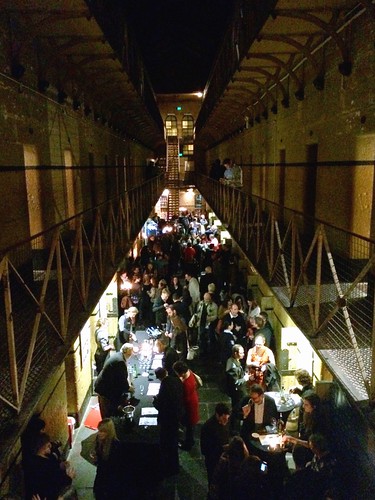
- Mornington Peninsula distillery
Bass & Flinders has been running a great series of gin masterclasses, both at the distillery in Red Hill and in Melbourne, which give participants the opportunity to not only learn about gin but to play with different botanical distillates to create their ideal blend. At the end of the class you get your own bottle blended to your specifications! The October masterclass held at Southbank's
Wine House has sold out, but keep an eye on the Bass & Flinders
website and
FB page for the November and December masterclass dates that will be announced shortly.

(By the by, gin lovers: if you find yourself in Brisbane anytime soon you MUST visit the newly opened gin bar
Dutch Courage Officers Mess - 105 gins and counting! I was up in Brisbane on the weekend speaking at the
Eat Drink Blog conference, and went to the bar with Elly from gin blog
The Ginstress and some other conference delegates. I *ahem* got through five gins - just 100 to go next time...)
